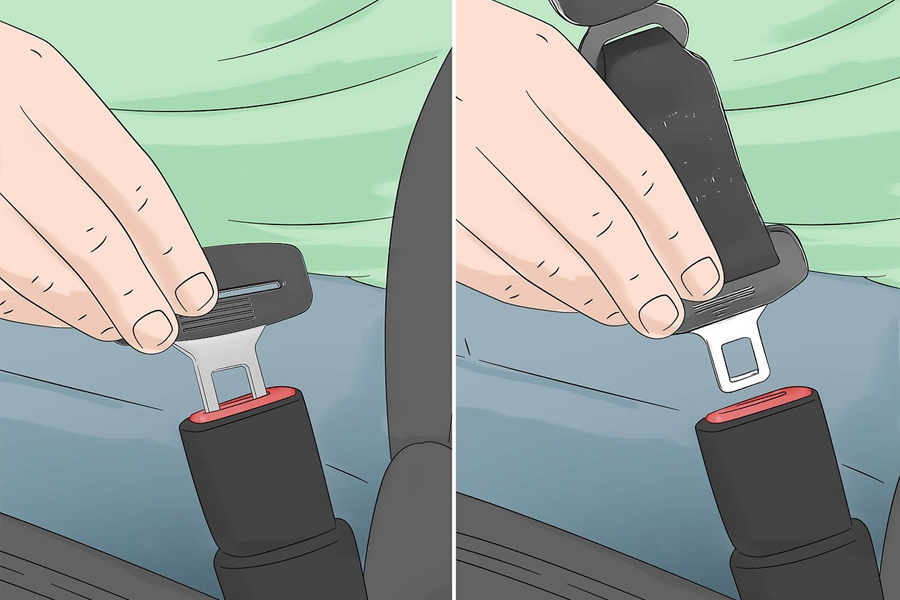Now Reading: Marketing Your Business: Proven Strategies to Build a Memorable Brand
-
01
Marketing Your Business: Proven Strategies to Build a Memorable Brand
Marketing Your Business: Proven Strategies to Build a Memorable Brand

Branding isn’t a logo on a business card; it’s the feeling someone carries with them after they pass your shop or scroll past your ad at midnight. In a city full of neon and noise, or in an inbox with a thousand competing subject lines, what makes a business linger is a combination of clarity, craft, and a little bit of theatricality. Below are practical, creative steps to shape a brand that’s easy to remember and hard to forget.
Define What You Stand For and Say It Clearly
Start like a director setting the scene: choose three core values and let them guide every line of dialogue and camera angle. Are you fast and pragmatic? Luxurious and precise? Warm and personal? Nail that voice down. Use it in your headlines, in the way staff answer the phone, and in the tiny copy on your invoices. Consistency here is the spine of memorability. Pick simple language; complicated descriptions are dull lighting — they hide, rather than reveal, your best parts.
Use Storytelling to Show Your Value
Humans remember stories far better than specs. Instead of listing features, show a short scene: a customer solving a problem, a behind-the-scenes moment, or a before-and-after that feels cinematic. Short-form video is a modern stage for this — a 20-second clip with a clear beginning, a small tension, and a satisfying payoff can communicate more than a page of bullet points. Storytelling lets people imagine themselves in your world, and that imagination is the seed of loyalty.
Keep Things Consistent Across Everything You Share
Consistency is the visual and tonal grammar of your brand. Choose a logo treatment, a color palette, and a tone of voice — then apply them everywhere, from your storefront sign to your email footer. Small mismatches are jarring; repetition builds recognition. When your fonts, colors, and voice speak the same language, customers don’t have to think about whether they’re in the right place — they already feel like they are.
Get to Know Who You’re Talking To
Good marketing is a conversation, not a broadcasting tower. Look at who follows you, who shows up to events, and what people actually say in reviews — not what you hope they’ll say. Build simple audience snapshots: age ranges, needs, typical objections, and the language they use. Then write to that person like they’re the only one in the room. When your message lands precisely, you waste less effort and win more attention.
Use Visual Storytelling to Build Real Connections
A single, well-shot image or a quick clip can tell a whole brand story faster than paragraphs of copy. Show your process, your people, and the small rituals that make your business unique. Keep visuals short, clear, and cinematic: a steady close-up, a natural sound cue, a moment of laughter. These sensory touches create emotional hooks that translate into shares, saves, and walk-ins.
Make Your Key Benefit Obvious
People don’t have time to decode your promise. Lead with the single thing you do best — your elevator-line benefit. Say it plainly in headlines and hero images so a passerby understands what you offer in five seconds. If your advantage is speed, say “Same-day installs.” If it’s trust, say “Certified technicians you can call at 8pm.” Clarity converts curiosity into action.
Be Active in Local Events and Partnerships
Showing up in person still works like magic. Sponsor a neighborhood event, speak at a community meetup, or host a pop-up where your customers already gather. Those real-world interactions create tactile familiarity: a name people have seen on a banner, a rep they’ve met at a table. Partnerships with complementary businesses expand reach without doubling ad spend — and they create stories you can amplify online.
Share Customer Voices to Build Trust
Social proof is not a gimmick; it’s social chemistry. Invite customers to share short testimonials, tag you in photos, or record quick clips about their experience. Reposting real voices — with permission — turns anonymous claims into believable stories. Authentic, human testimony is a signal that you’re delivering, and people trust other people in ways they rarely trust polished ads.
Team Up With Complementary Businesses
Collaborations are a growth shortcut when done thoughtfully. Find businesses that serve the same customers but offer different products, and design a joint promotion or event that feels natural. Bundles, co-hosted workshops, or referral swaps let you borrow credibility and access new audiences without heavy creative lift. The best partnerships feel like a bridge, not a billboard.
FAQ
How do I pick the right brand values?
Pick three values that feel true and sustainable for your team, then test them in everyday decisions to see if they stick.
How long should brand videos be?
Short and purposeful wins — aim for 15–60 seconds for social clips, with a single clear narrative.
What’s the simplest way to maintain consistency?
Create a one-page brand guide that lists your colors, fonts, voice, and logo usage, and share it with every person who touches your messaging.
How do I learn what my customers actually want?
Watch who engages with your posts, read reviews, and ask simple follow-up questions after purchases to collect direct feedback.
Should I post every customer testimonial I get?
Choose testimonials that highlight different benefits and feel authentic; quality and variety beat quantity.
How can small businesses collaborate without losing identity?
Design partnerships that emphasize each brand’s strengths and ensure shared messaging that preserves your voice.
What’s the most common branding mistake?
Trying to be everything to everyone — niche clarity generally beats broad blandness.
Is local marketing still worth the effort?
Absolutely; real-world visibility builds trust in ways digital reach alone cannot replicate.





















